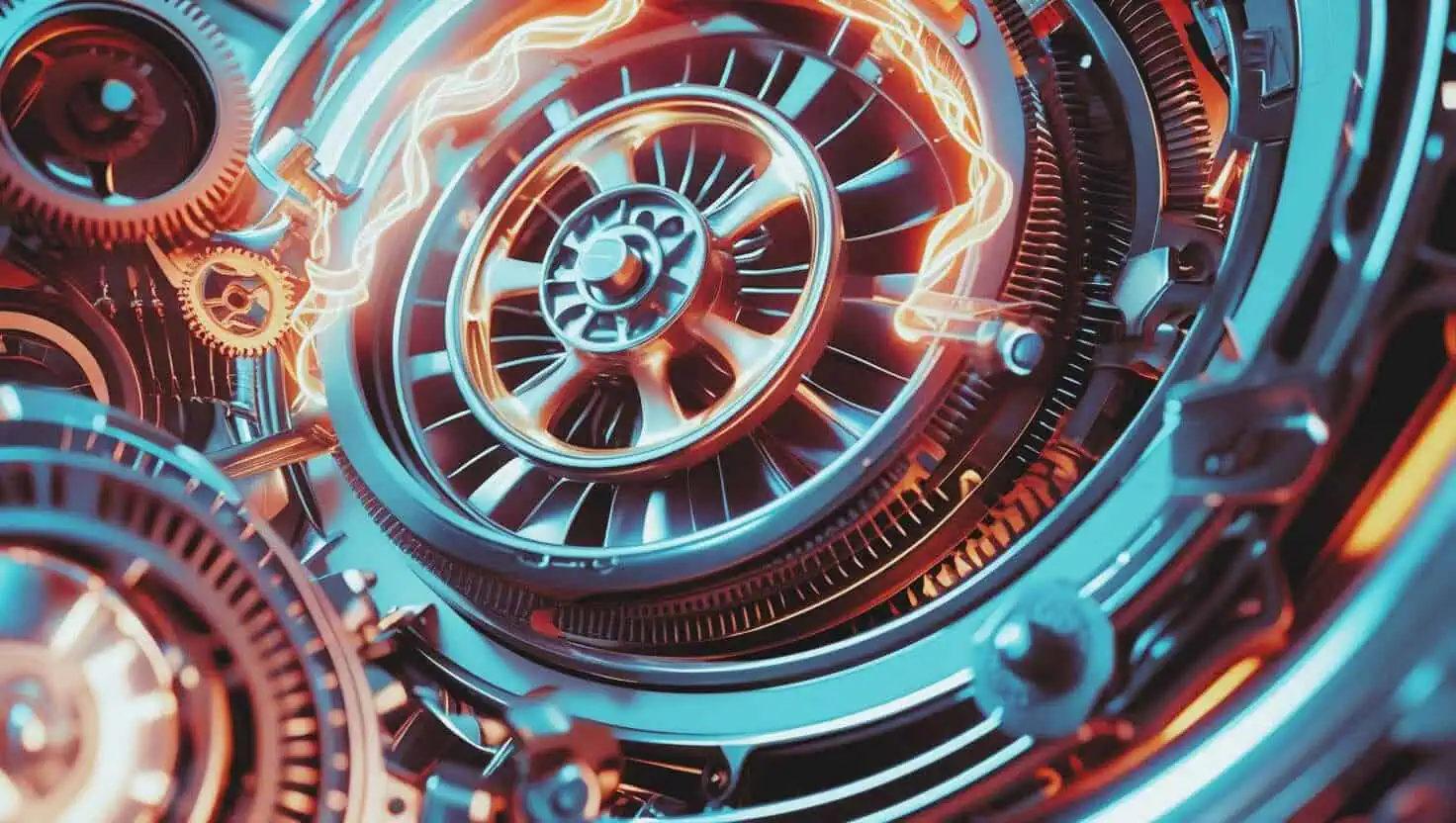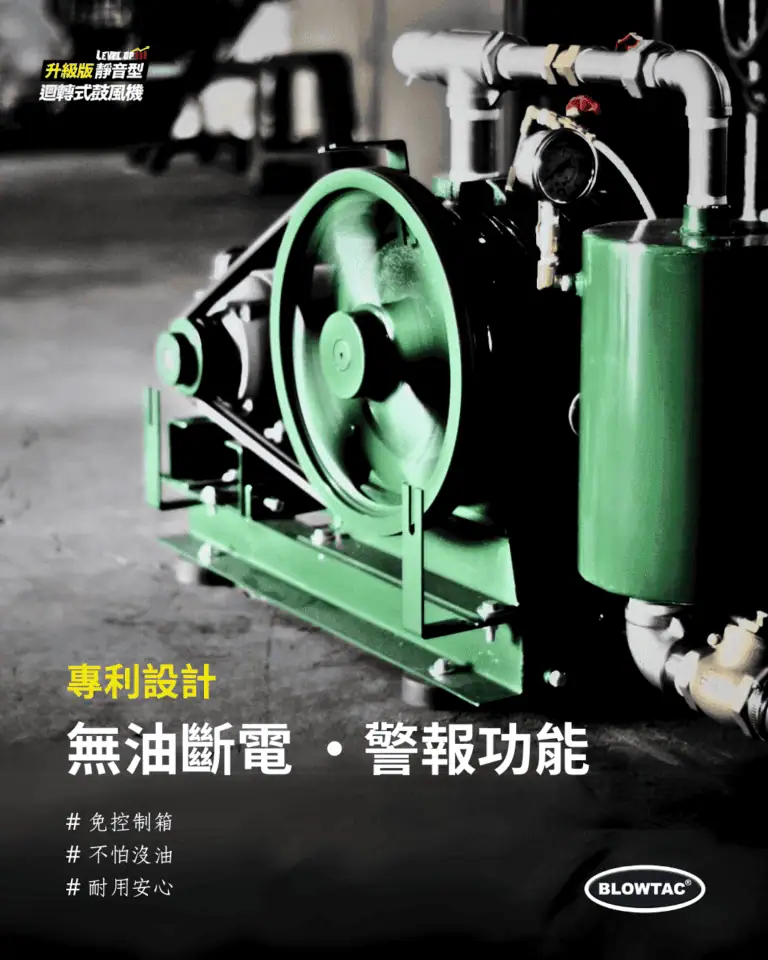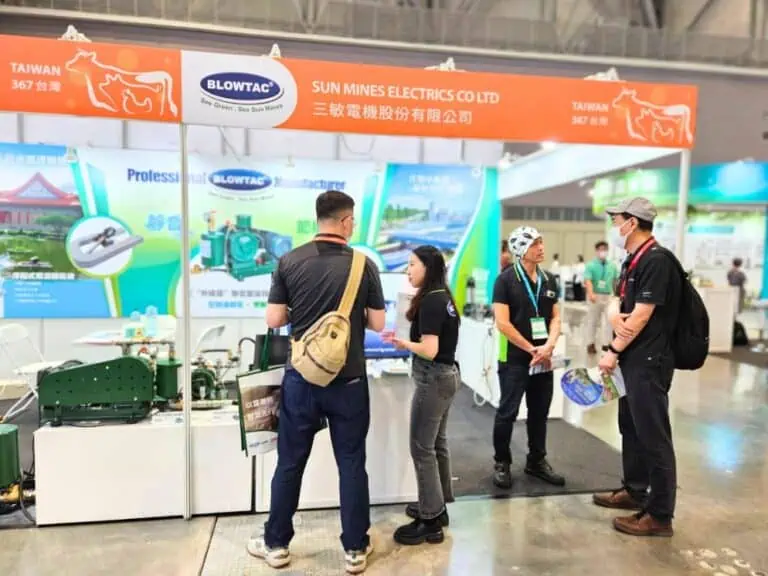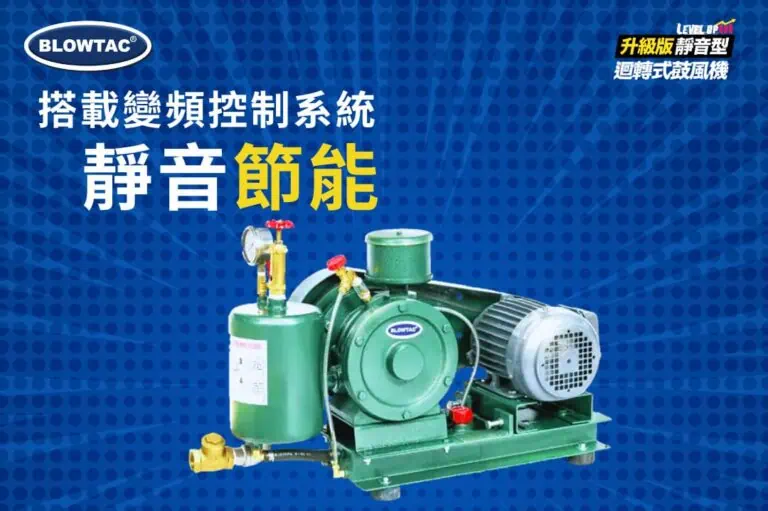What is a blower?
It is a mechanical device used to move large quantities of gas to a pressure slightly above atmospheric pressure.
Many people confuse it with a fan or compressor.
The core definition and role of the blower
Simply put, an air blower is a mechanical device used to move large amounts of gas and make its pressure slightly higher than atmospheric pressure. Its pressure range is between that of a fan and a compressor:
-
Fan: The main function is to provide high-volume, low-pressure air flow for ventilation and heat dissipation.
-
Blower: Provides "medium air volume and medium pressure" sufficient to overcome resistance in pipes, water bodies or other systems.
-
Compressor: Compressing gas to "extremely high pressure" for use in power tools, high-pressure storage, etc.
You can think of the blower as the "lungs" of an industrial system. It continuously provides stable, high-pressure gas for various processes. It is the indispensable power heart in countless applications such as wastewater treatment, material transportation, and aquaculture.
A brief history and evolution: from mines to high-tech factories
The history of blowers can be traced back to the mining and metallurgical needs of the 16th century. To supply fresh air to deep mines and provide sufficient oxygen for furnaces, the earliest manual or hydraulic blowers were developed. The advent of steam power and electric motors with the Industrial Revolution led to more efficient and reliable designs, such as the Roots blower (invented in the 1860s), which laid the foundation for the modern blower.
Today, blower technology has evolved significantly. From the traditional Roots blower to our BLOWTAC specialSilent Rotary Vane BlowerFrom magnetic levitation to air flotation and other advanced technologies, each innovation revolves around several core goals:Improve energy efficiency, reduce operating noise, extend service life, and simplify maintenance proceduresThis is also the driving force behind our continued investment in research and development.
How it works: How does it move air?
Regardless of how the design evolves, all blowers follow one basic principle:Mechanical movement is used to create a pressure difference in a closed space, thereby sucking gas from the low-pressure area (inlet) and then discharging it from the high-pressure area (outlet).
There are different ways to implement this principle:
-
Positive Displacement: This is the most common type, such asLucretiaandRotaryBlowers. These use a rotor, blades, or screw to "capture" a fixed volume of air at a time and force it out. This ensures that the air volume remains relatively stable regardless of system pressure.
-
Dynamic/Centrifugal: This type of blower uses a high-speed rotating impeller to transfer kinetic energy to the gas, causing it to accelerate and generate pressure due to centrifugal force.
Understanding these basics will help you evaluate different products not just by looking at price or brand, but also by fundamentally determining which technology best meets your actual working conditions.A complete explanation of the operating principle of the "rotary blower".




